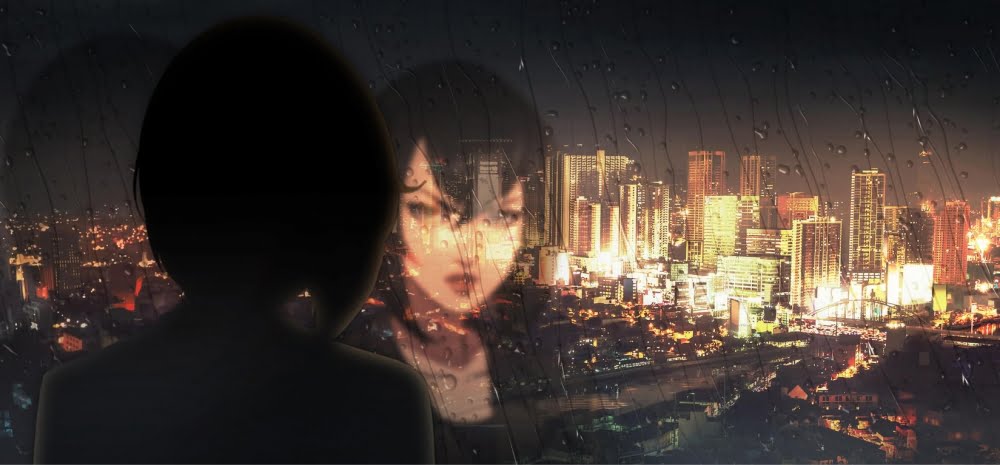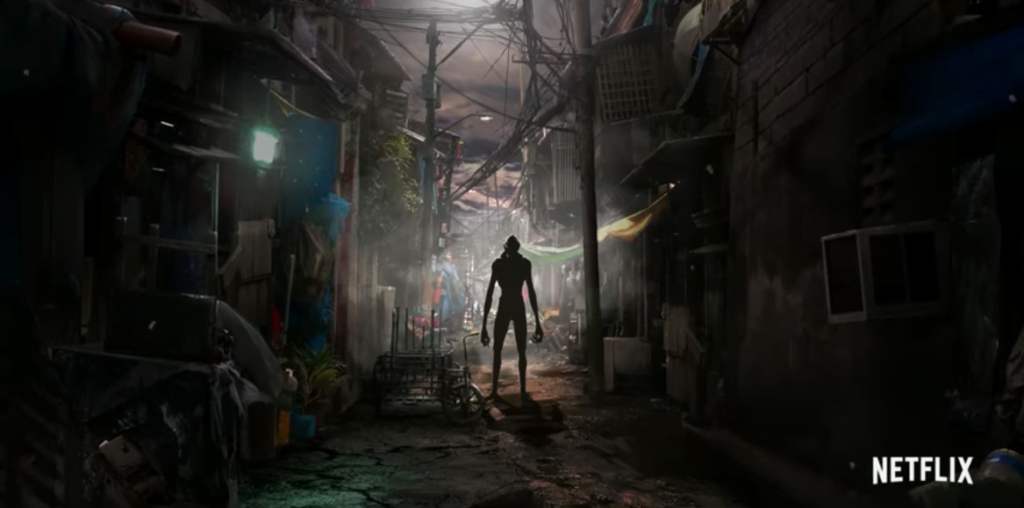Trese has taken everyone by the storm for the past few weeks, thanks to the smart marketing strategies they launched. Everyone, including me, has been hyped up before, during, and after the animated series launched on Netflix last Friday.
It’s one of the things I’m excited about this month!
Who is Alexandra Trese?
Alexandra Trese is the main protagonist of the Filipino supernatural comic series “Trese”, written by Budjette Tan and illustrated by Kajo Baldisimo. As the Babaylan-Mandirigma, Alex strikes the balance between the human and the supernatural world. Together with the Kambal: Crispin and Basilio, she works with Captain Guerrero to investigate crimes related to the supernatural.
The comic series started in 2005 with Tan and Baldisimo producing photocopied issues. Currently, there are seven published issues, each containing four to five supernatural cases. Ablaze picked up the series after the original publisher closed. They re-published the first three volumes as well as Bloodlines and distributed it in the US too.

Now, I haven’t read all the issues, only the first two. I wasn’t able to buy them before they pulled out the previous editions from the bookstores. Sucks to be me 😂. So I’m waiting for Ablaze to publish all the remaining issues because I can’t wait to read them all!
I’ve watched and enjoyed the series on Netflix! I watched both the Tagalog and English dub, and I’ve yet to watch the Japanese one this weekend. It’s very fun and entertaining but is also full of serious messages aimed towards the viewers.
And if you haven’t seen Trese yet, well what are you waiting for?
Three Reasons to Watch Trese
Modern Take on Filipino Myth and Folklore
The Philippines has rich cultural ties with myth and folklore which stems out way back from the Pre-Colonial Era. While it may seem diluted in the modern age, some of these indigenous practices still exist in the country, mostly in remote and non-urbanized areas.
One of the most popular ones is the Babaylan. Generally, a Babaylan is a recognized woman in a tribe who has the ability to communicate to the spirit world and heal others. In the series, Alex is the Babaylan-Mandirigma (healer-warrior) of Manila. She succeeds after her father, Anton.

Metro Manila is a highly urbanized and densely populated region in the country. The idea of monsters, or aswangs as we call it, seems remotely impossible to exist here. I can only name a few urban legends set in the city like the White Lady in Balete Drive or the big snake that lives in that mall in Ortigas. However, Trese successfully interweaved different stories based on the rich myth and folklore to modern-day society without it feeling disjointed for a bit.
For most of the series, you can recognize the familiar Ortigas and Makati’s business district skylines, Quiapo, and even Balete Drive itself. The names Crispin and Basilio were lifted directly to the brothers in Noli Me Tangere. They transformed the concept of “nuno sa punso” to “nuno sa manhole”, while retaining the polite phrase “tabi tabi po”. Where else can you find a babaylan summoning the Emissary of the Goddess of Death in the Metro Rail Transit? Or have a Santelmo on speed dial?
Only in Trese!
It Captures the Reality of our Society
Days before the premiere, Netflix released the first five minutes of Episode One. And boy did it perfectly reflect this country. I mean, the train breaking down in the middle of the tracks is the best way to do it!
Even the subtle details like logos of famous fast-food chains, tangled electrical wires, the hot weather, or Alex using a walis tambo (broom) to fight an aswang, proves that Trese truly is Filipino at its core.
What’s more fascinating is how it mirrors the present-day politics in the country. Or maybe disappointing is a better fit? The issues tackled in the comics a decade ago are the same ones were struggling to address today.
Cops are still awful (except for Capt. Guerrero and Lt. Tapia), politicians abuse their power, and justice only serves the rich.
I’m having flashbacks to the “don’t put politics into my comics” discourse from months ago 😅. But the truth is that the story blurs the line between reality and fiction in this aspect and I can’t be more thankful.
Pinoy Pride
I can’t believe I used this phrase 🤣. Kidding aside, Trese is truly something Filipinos should be proud of. The show is mainly a Filipino production, from the showrunners, directors, and voice actors. Sure there are several discourses about voice dubbing, but still, we can’t discredit the people behind this because they really did a great job with it.

One of the things I loved about this show was the opening credits sequence. If you pressed play on the video above, you can hear the haunting background music along with it. Apparently, the music is called Balluha’d Bayauhen, a Hudhud chant from the Ifugaos of the Cordillera Region.
The show is peppered with references that we enjoyed but may be lost without the context of being Filipino. Still, the show doesn’t fully alienate new viewers. The fact that the show was on Netflix’s rankings in several countries proves that. Still, Trese is something we can claim as truly Pinoy.

The show also fueled creativity in a lot of ways. From the music, the marketing strategies: video sightings of monsters in the streets, vandalized billboards, to the sheer amount of fan-arts that flooded the internet after the release.
Ultimately, Trese is a testament that Filipinos are talented and we should be proud of that.
Let’s Chat! 💬
Have you watched Trese or read the comics yet? What are your favorite urban legends or mythologies that are unique to your culture or country?






